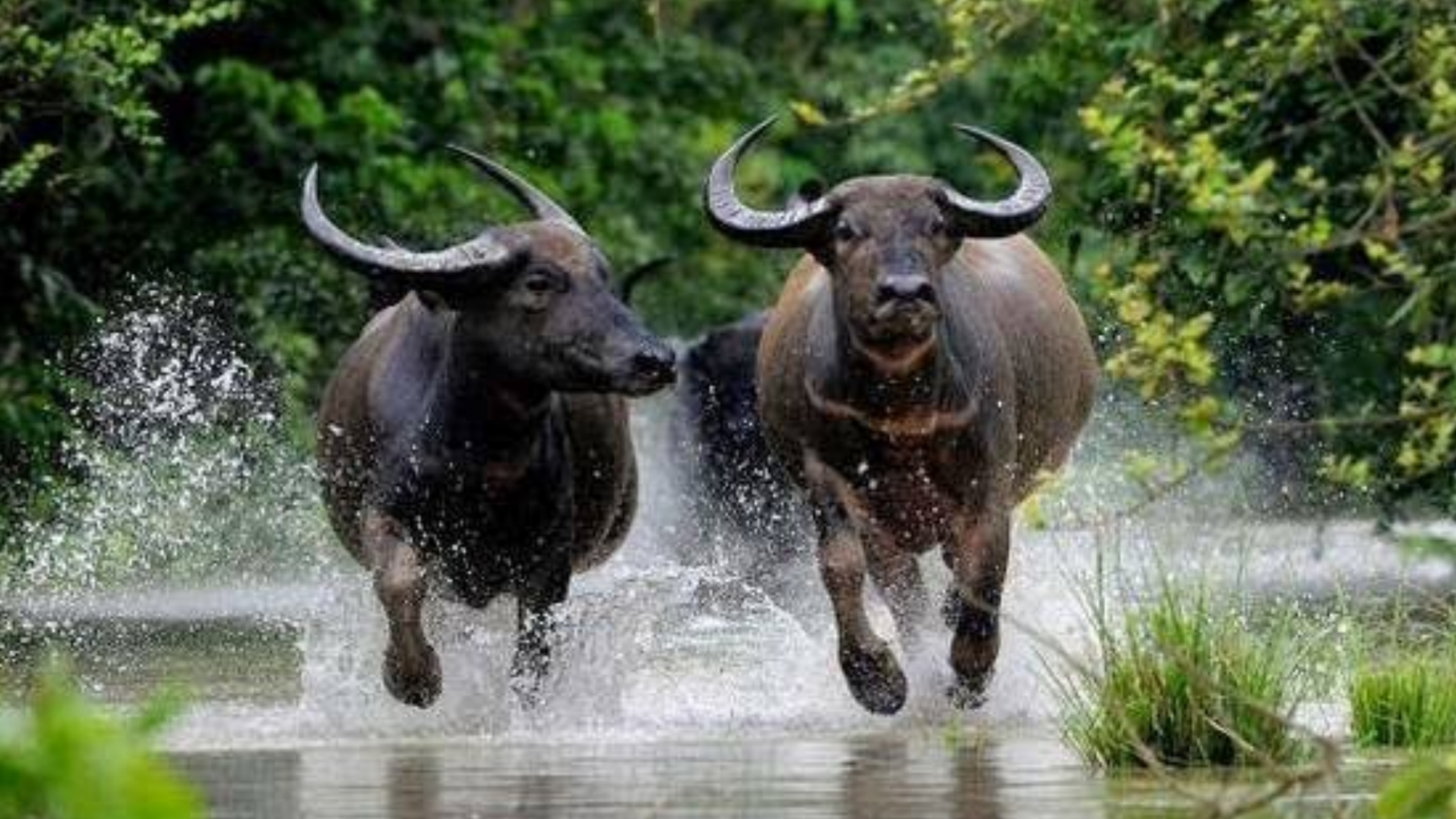10 Largest National Parks In India You Need To Know About
- Hemis National Park is the India’s largest national park in Ladakh with an area of 4,400 square kilometre
- Desert National Park is the India’s 2nd largest national park located in Rajasthan with an area of 3,162 square kilometre
India is home to some of the most diversified wildlife in the world. This land nurtures more than 2000 species of bird and 500 species of mammals. To protect its wildlife India has established several national parks and protected areas. Here we’ll talk about the 10 largest national parks in India. These parks act as a safeguard to India’s crucial habitat.
When Indian Government passed the Wildlife Protection Act Of 1972 the establishment of national parks gained pace. Earlier there were only 5 national parks in India, now the numbers stand at 106 which is huge.
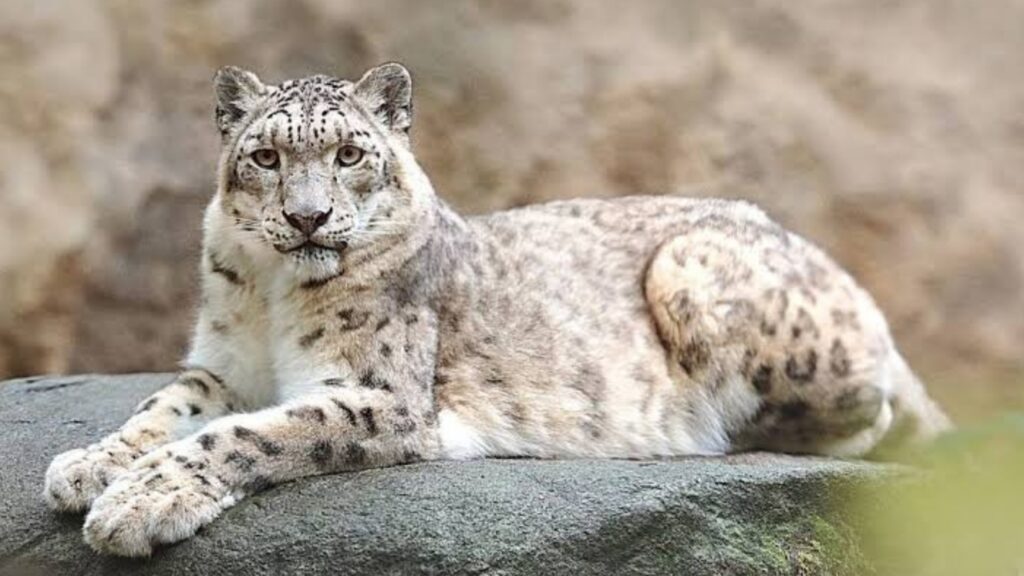
Hemis National Park (Area – 4,400 Square Kilometre)
India’s largest national park is the Hemis National Park. This park is located in Ladakh and spread across 4,400 square kilometres. Hemis National Park is famous for snow leopards. Density of snow leopards in Hemis National Park is believed to be more than any other places or protected areas in the world.
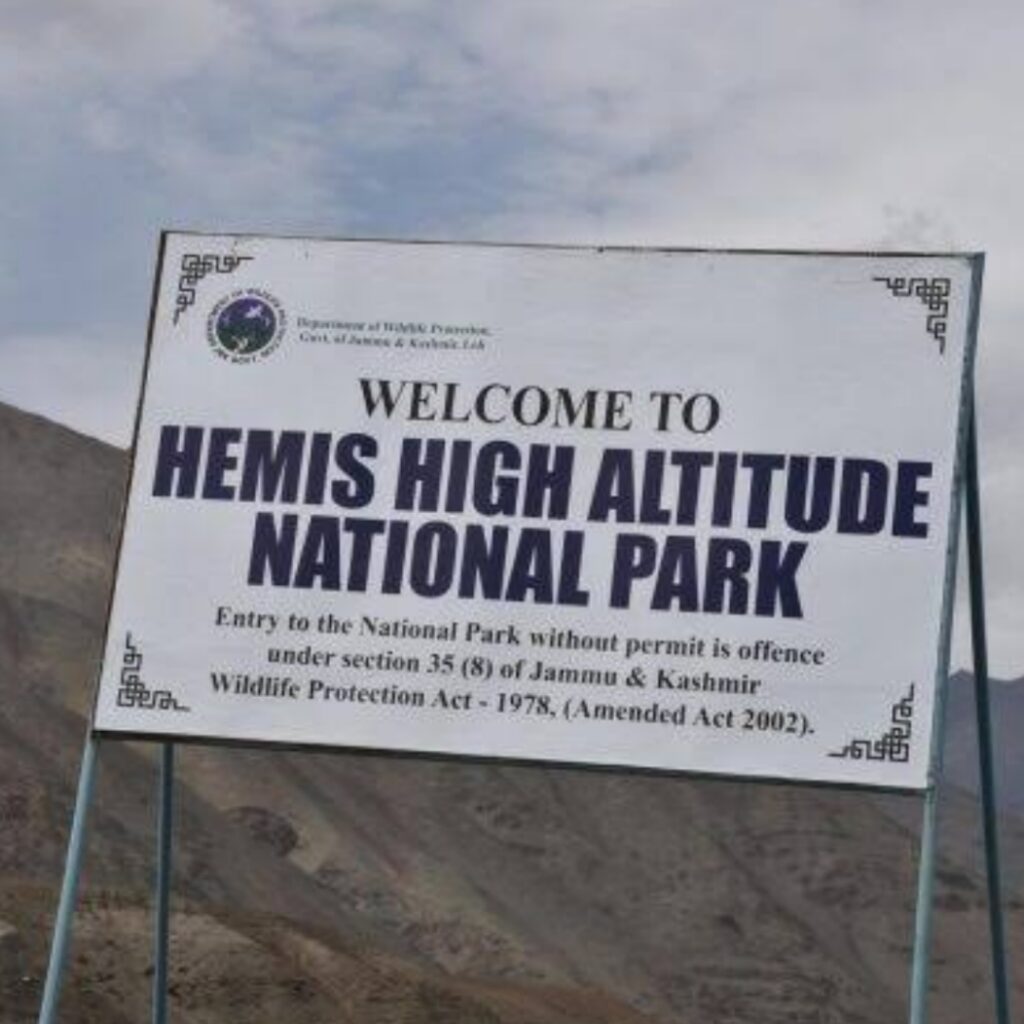
In North of Himalayas it is the only national park. Hemis National Park was established in 1981 and on north it is bounded by the Indus river. At 17,000 feet it is also the national park in India with highest elevation. Hemis National Park is home to around 200 national parks.

Desert National Park (Area – 3,162 Square Kilometre)
India’s 2nd largest national park is the Desert National Park in Rajasthan. This national park has an area of 3,162 square kilometre and it is not far away from Jaisalmer. Like Hemis National Park the Desert National Park too was established in 1981. It acts as a heaven for migratory and resident birds.
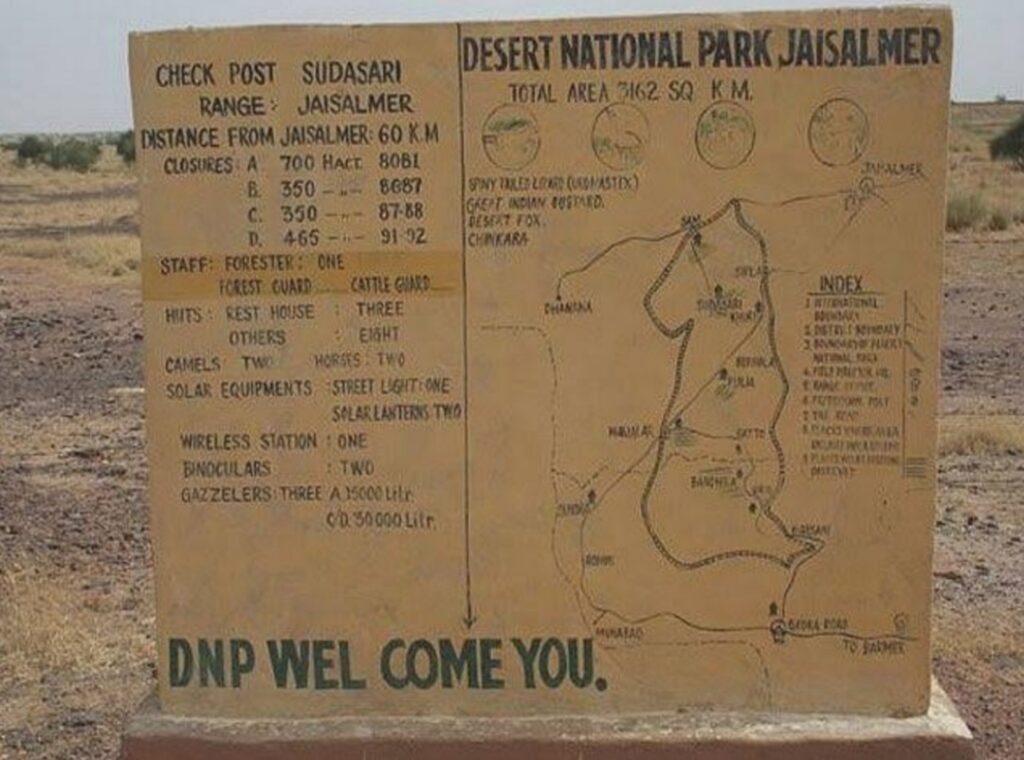
44% area of this park is sand dune. Out of total area of 3,162 square kilometre 1900 square kilometre belongs to Jaisalmer while 1262 square kilometre belongs to Barmer district. Chinkara (also known as Indian Gazelle) is a common sight here. Desert National Park contains 180 million years old fossils, some of them are 60 million years old fossils of dinosaurs.
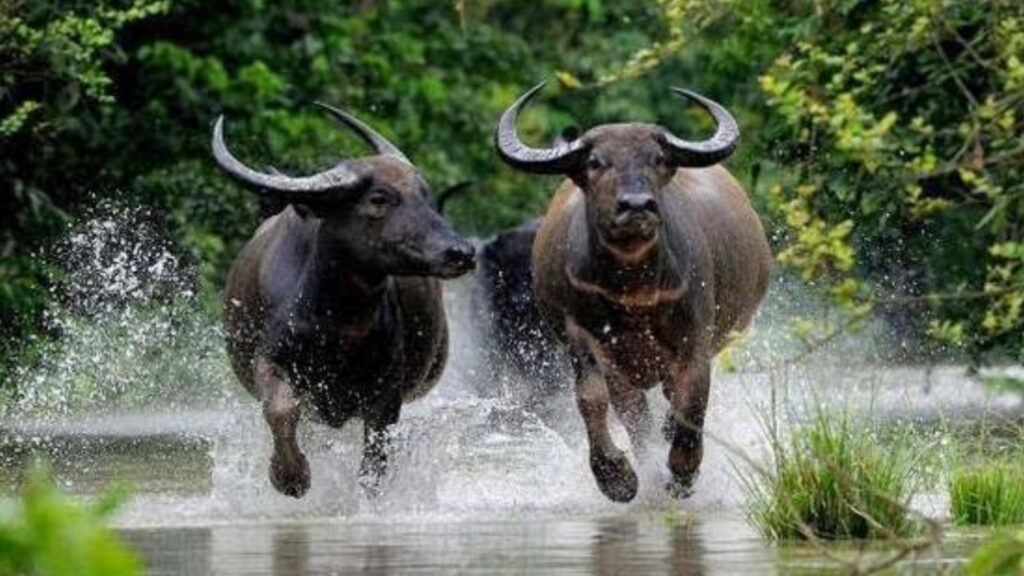
Indravati National Park (Area – 2,799 Square Kilometre)
With a total area of 2,799 square kilometre the Indravati National Park is the India’s 3rd largest National Park. It is located in Bijapur, Chhattisgarh. Named after Indravati River it attained the status of national park in 1981 and a tiger reserve in 1983.
Indravati National Park is home to endangered wild water buffalo. This park is largely under naxal control, this isn’t surprising as Chhattisgarh itself is naxal affected state. In 1975 Indravati National Park was established. It is also one of the most famous tiger reserves of India.
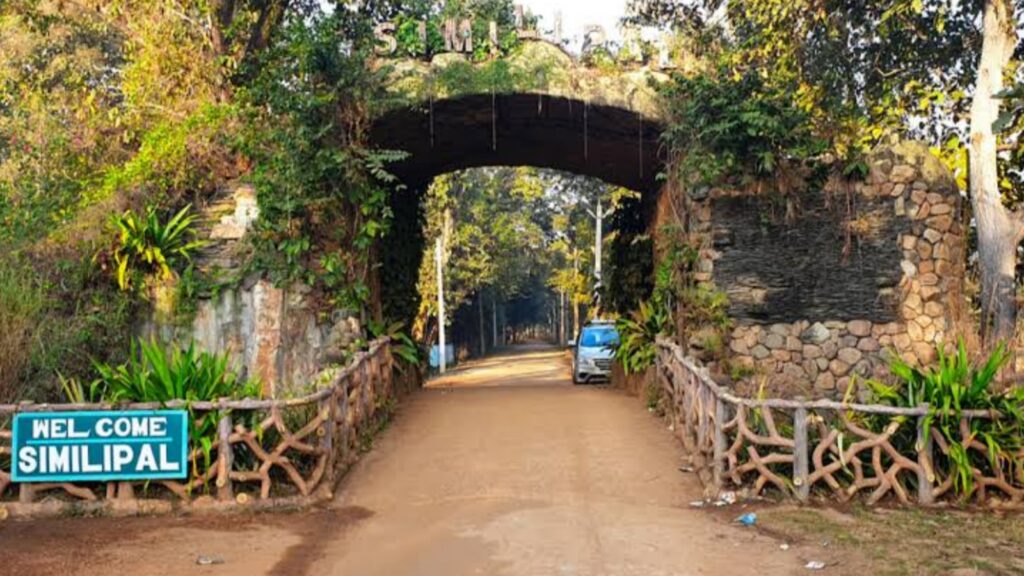
Simlipal National Park (Area – 2,750 Square Kilometre)
The 4th largest national park in India is the Simlipal National Park in Odisha. This national park has an area of 2,750 square kilometre. The park got its name from red silk cotton trees that grow in the area. It was originally a hunting ground for royals but it became a tiger reserve in 1956.
In 2009 the Simlipal National Park recognised as UNESCO World Network of Biosphere Reserves. In 1979 Odisha Government declared it as wildlife sanctuary, then in 1994 Government of India declared it as a biosphere reserve. There are 61 villages in Simlipal National Park which is home to 10,000+ people.

Gangotri National Park (Area – 2,390 Square Kilometre)
The 5th largest national park in India is the Gangotri National Park. It is located in Uttarkashi district of Uttarakhand covering area of 2,390 square kilometre. Gaumukh, a glacier from which river Ganga originates is located in this park. It was established in 1989.
Like Hemis National Park snow leopards can also be found here due to similar climatic conditions. It is home to around 150 bird species and 15 mammal species. Asian Black Bear, Brown Bear and Blue Sheep are some famous species of Gangotri National Park.
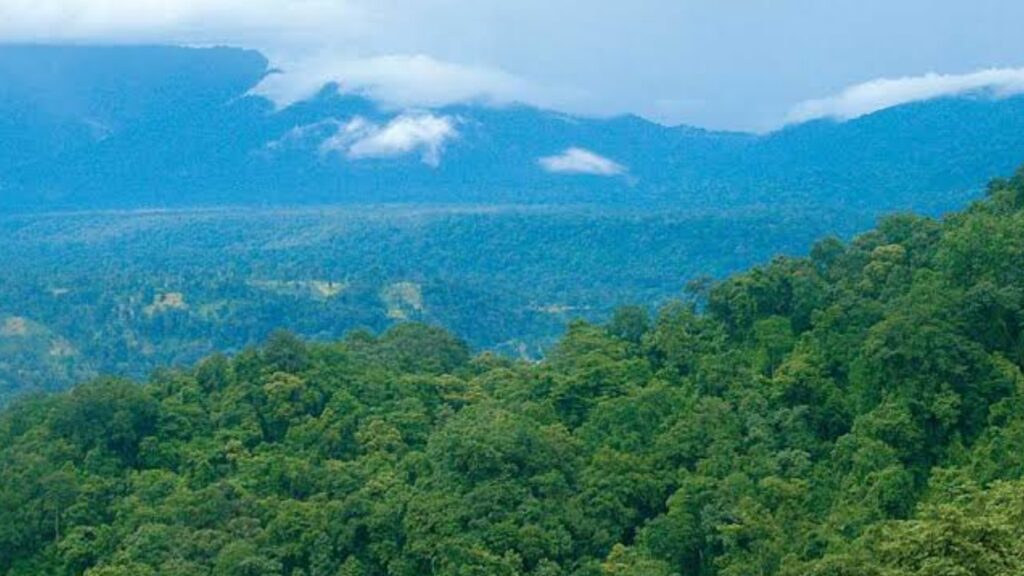
Namdapha National Park (Area – 1985 square kilometre)
With area of 1985 square kilometre Namdapha National Park is the India’s 6th largest national park. It is located in Arunachal Pradesh and one of the largest protected areas in Northeast India. It was established in 1970s and this park is home to 1000 floral and 1400 faunal species.
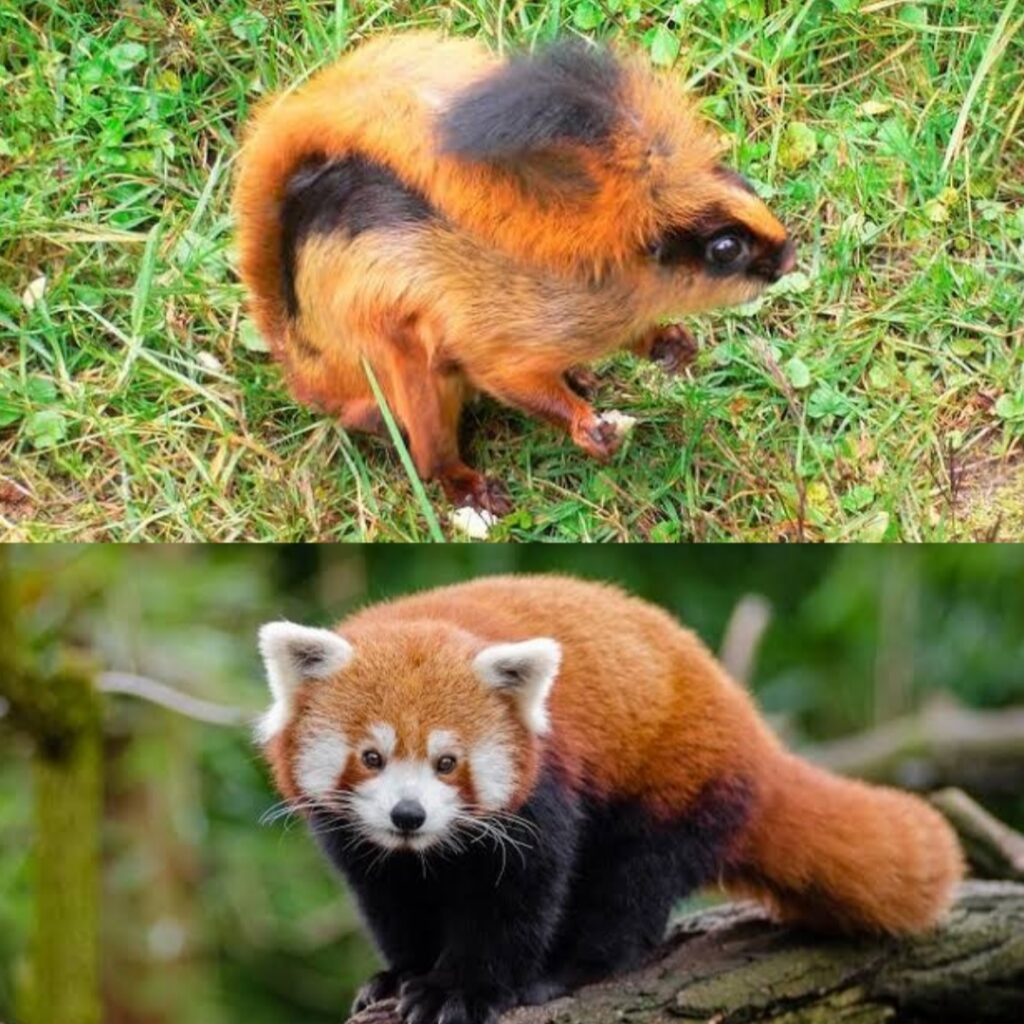
From the international border with Myanmar the Namdapha National Park is not far away. In 1972 it got a status of wildlife sanctuary, then in 1983 it became a national park. One can often see Red Giant Flying Squirrel (also known as Namdapha flying squirrel) and Red Panda in this park.
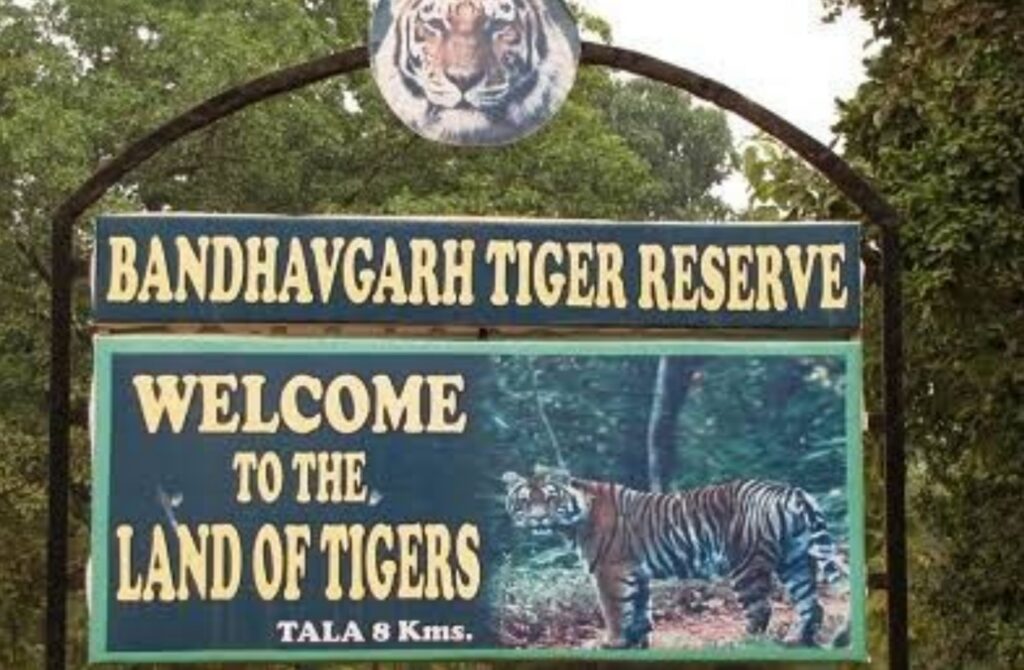
Bandhavgarh National Park (Area – 1536 square kilometre)
Spread over 1536 square kilometre the Bandhavgarh National Park is India’s 7th largest national park. It is located in Madhya Pradesh. In 1968 it got a status of national park. According to official estimates this national park nurtures 37 species of mammals, 250 species of birds and 80 species of butterflies.
This national park is home to famous Bengal Tigers. Hanuman Langoors and Sarus Cranes can also be found here. Population of tigers in Bandhavgarh National Park is one of the highest in the world, some of them are large as well.
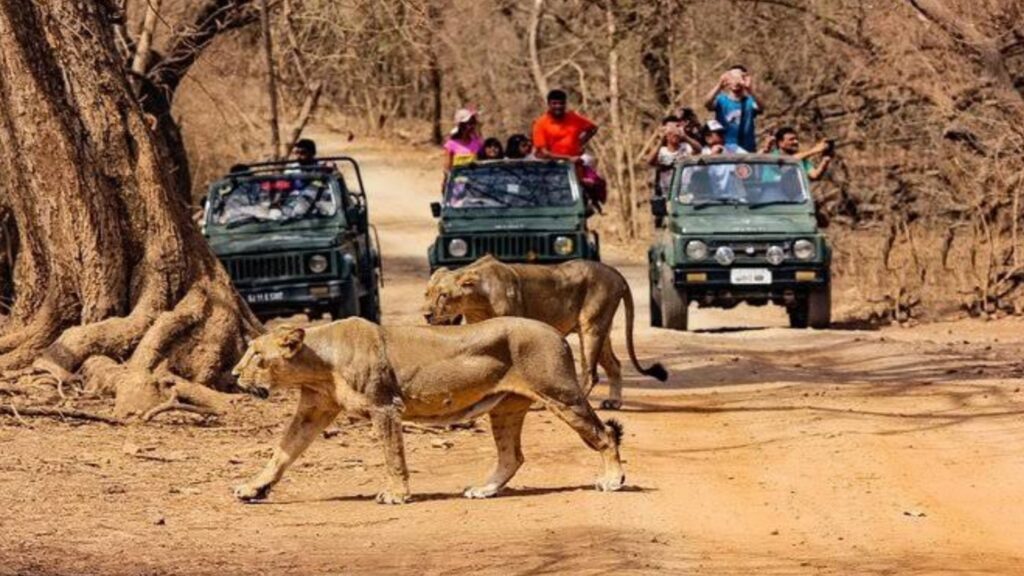
Gir National Park (Area – 1410 Square Kilometre)
Among all the largest national parks in India the Gir National Park is special. But why? It is because you can find Asiatic Lions only in this national park of India. Gujarat government takes pride in Asiatic Lions, so much that even though population of Asiatic lions in the park has been increased they refused to give it to other states.
Gir National Park was established in 1965 and it is one of the most visited national parks in India. In 2020 the population of Asiatic lions stood at 674. Apart from this Mugger Crocodile, Indian Leopard and Stripped Hyena can also be found here.

Ranthambore National Park (Area – 1334 square kilometre)
Named after historic Ranthambhore fort the Ranthambhore National Park is India’s 10th largest national park with area of 1600 square kilometre. It was established in 1955 as Sawai Madhopur Game Sanctuary. In 1980 it gained a status of national park. Famous Bengal Tigers can be found here.
Ranthambore National Park is known for its tiger population. However due to poaching it saw a significant drop in it. Chambal river bounds it from South while from North it is Banas River. This park is also home to ancient hindu architecture which includes several temples. Area of Jim Corbett National Park is 1,318 square kilometre which is almost same as of the Ranthambhore National Park.
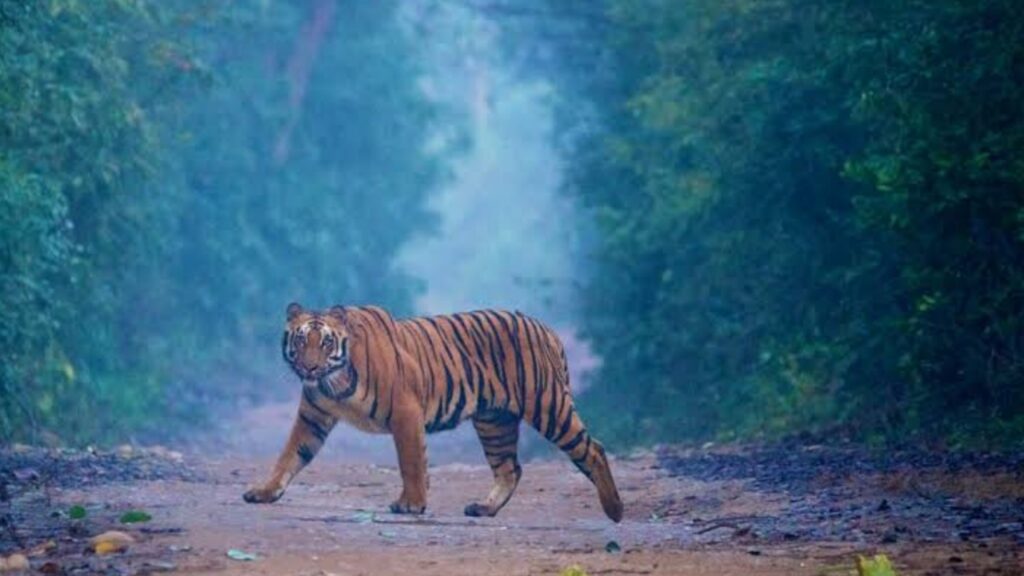
Jim Corbett National Park (Area – 1318 Square Kilometre)
The list of largest national parks in India is incomplete without Jim Corbett National Park. It was the first national park in India established way back in 1936 as Hailey National Park. Government selected this park first under the Project Tiger. It is spread across 1318 square kilometre.
Flagship species in this national park includes Bengal Tigers, Asian Elephants, Great one-horned rhinoceros etc. This national park is home to around 586 species.
So These Were The Top 10 Largest National Parks In India. If You Like This Info Then Please Do Share.

